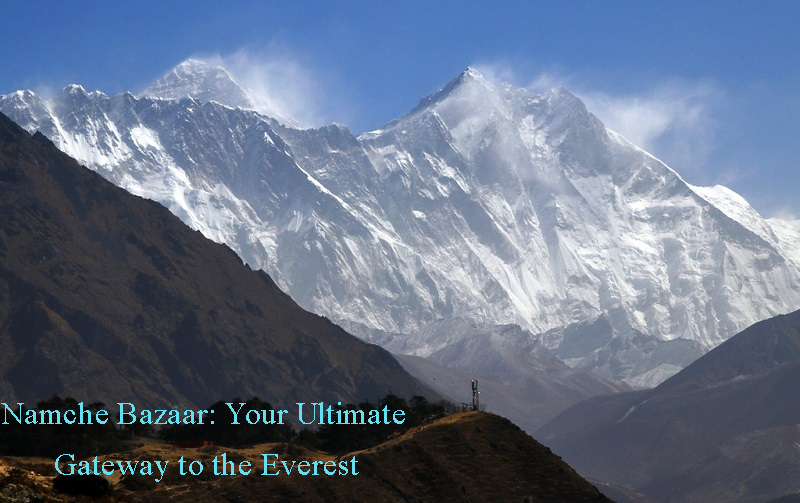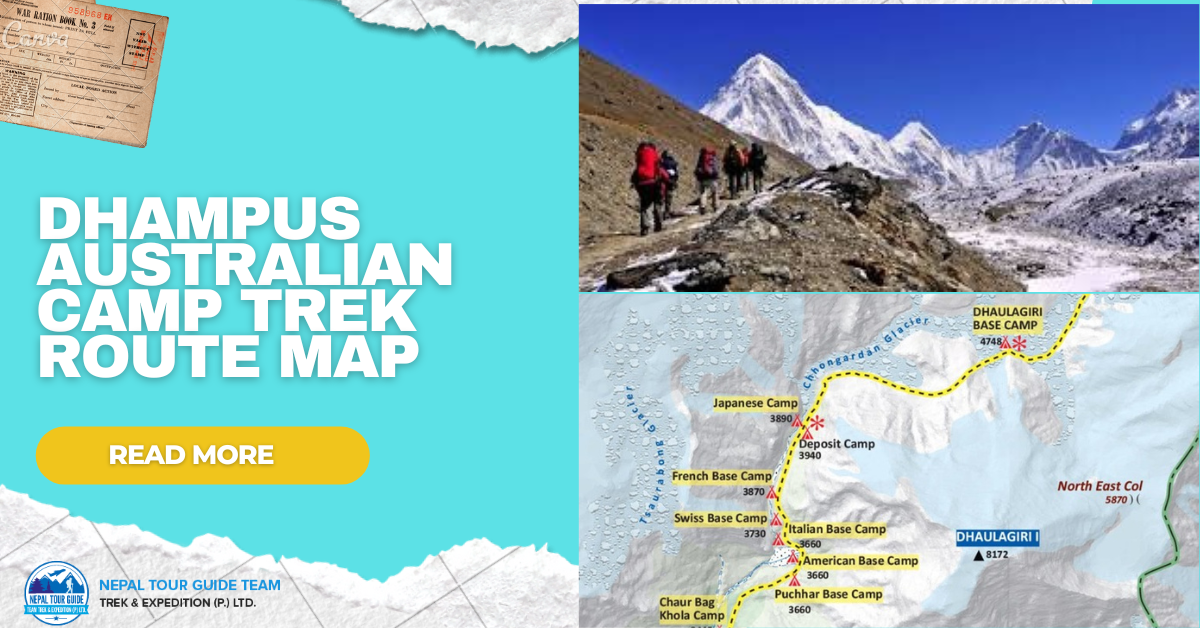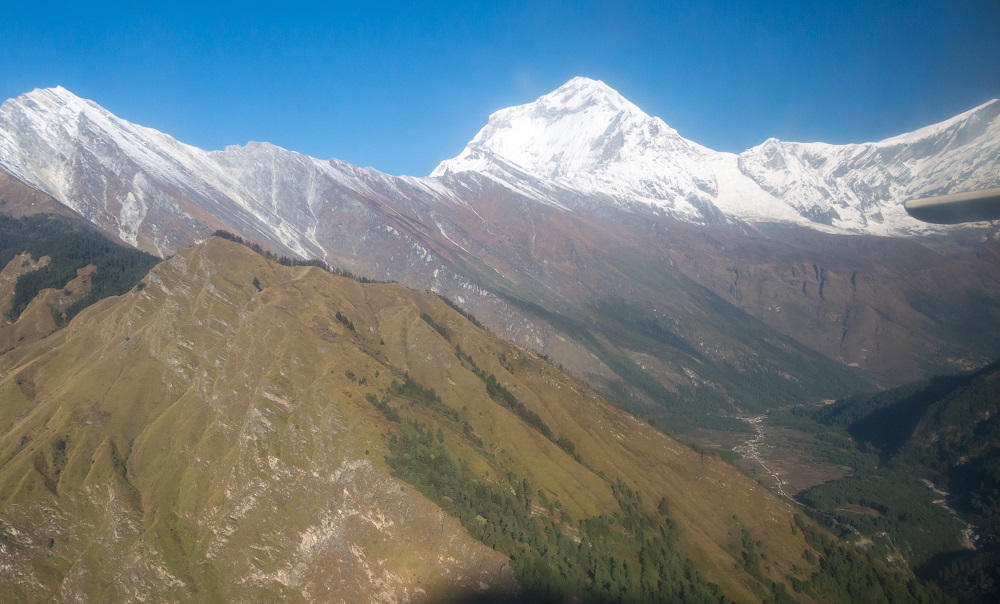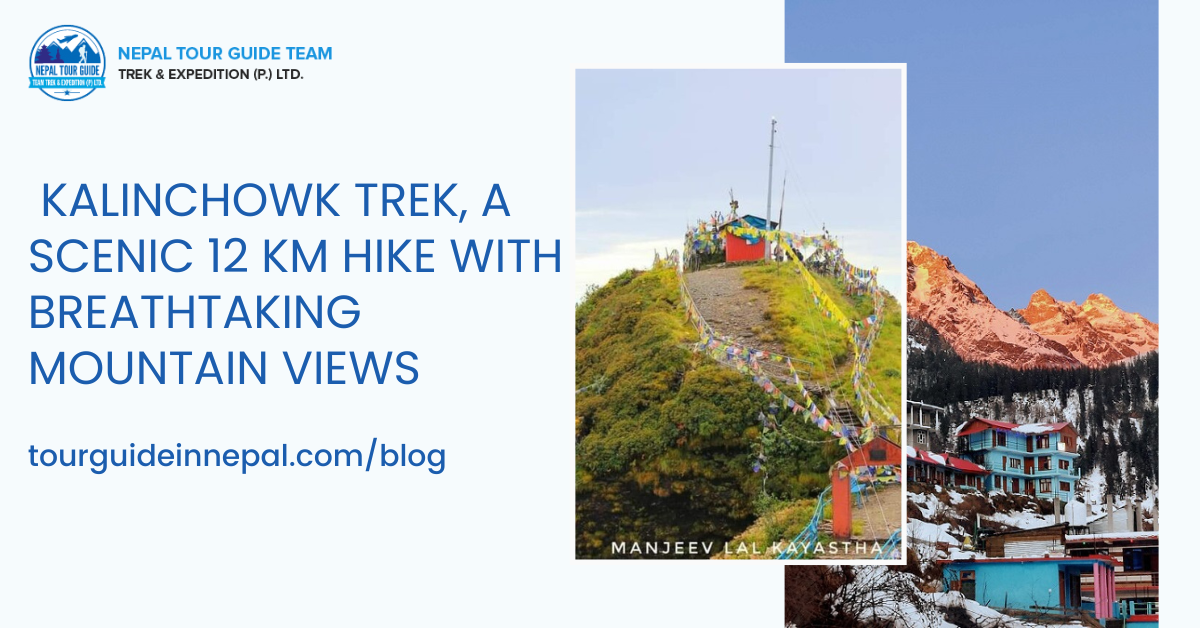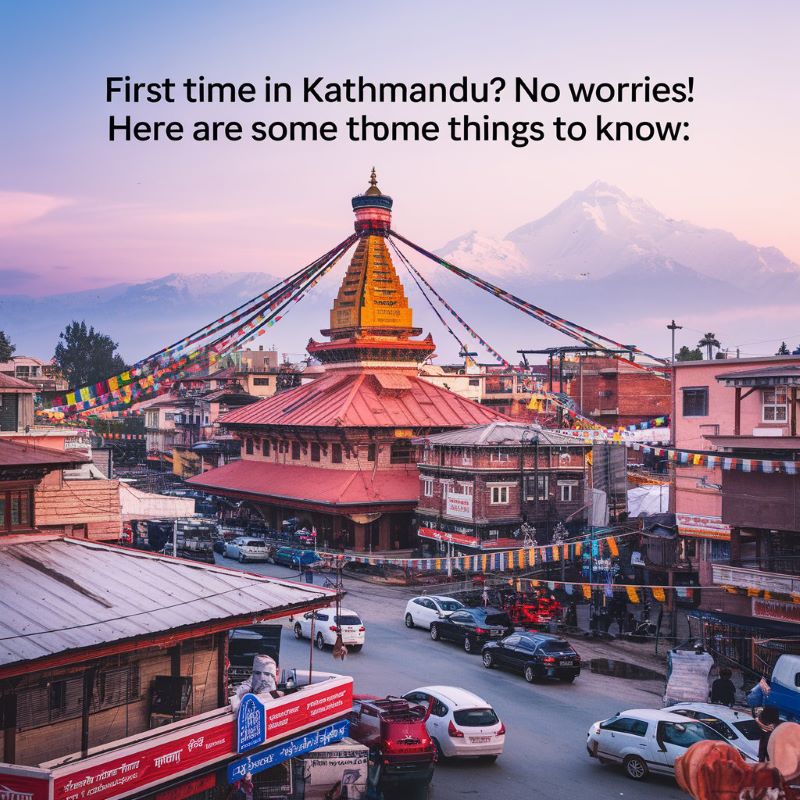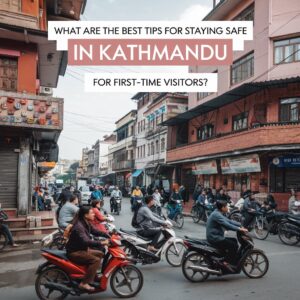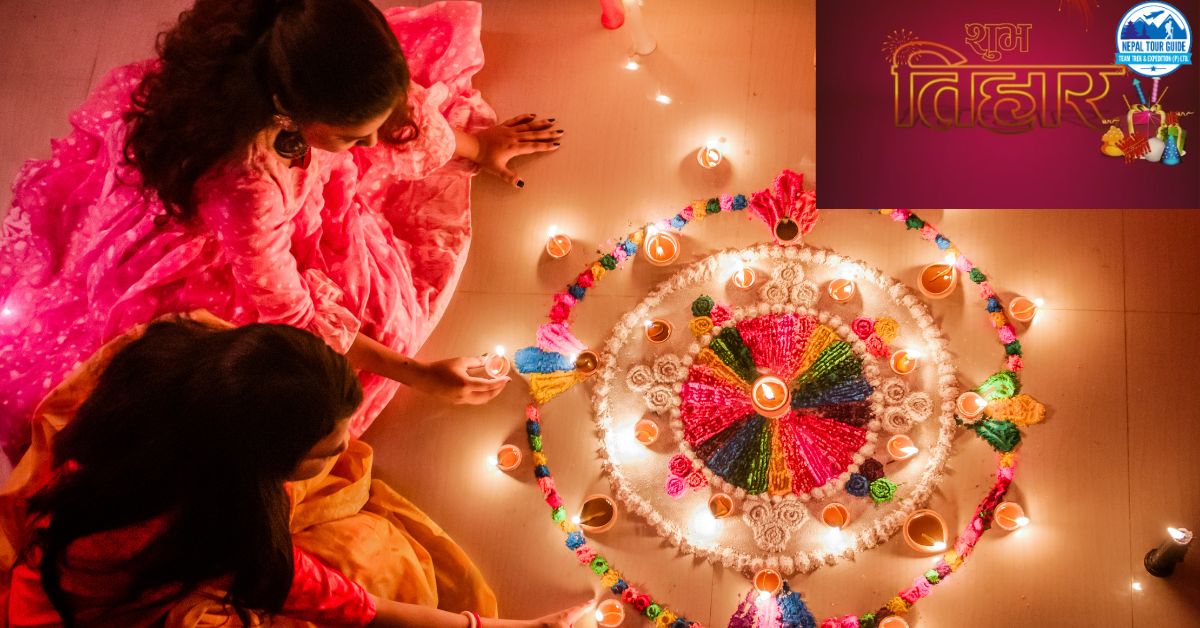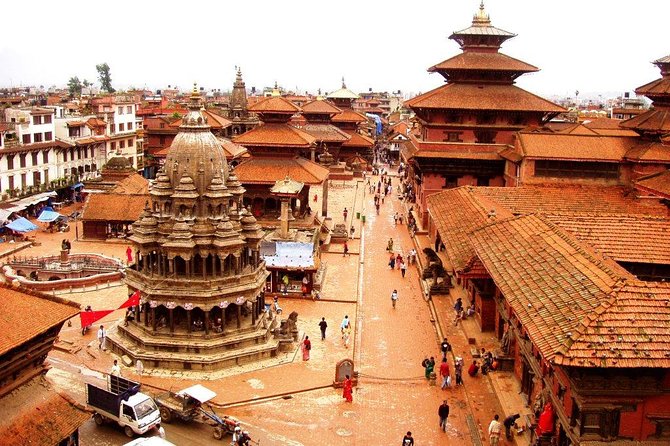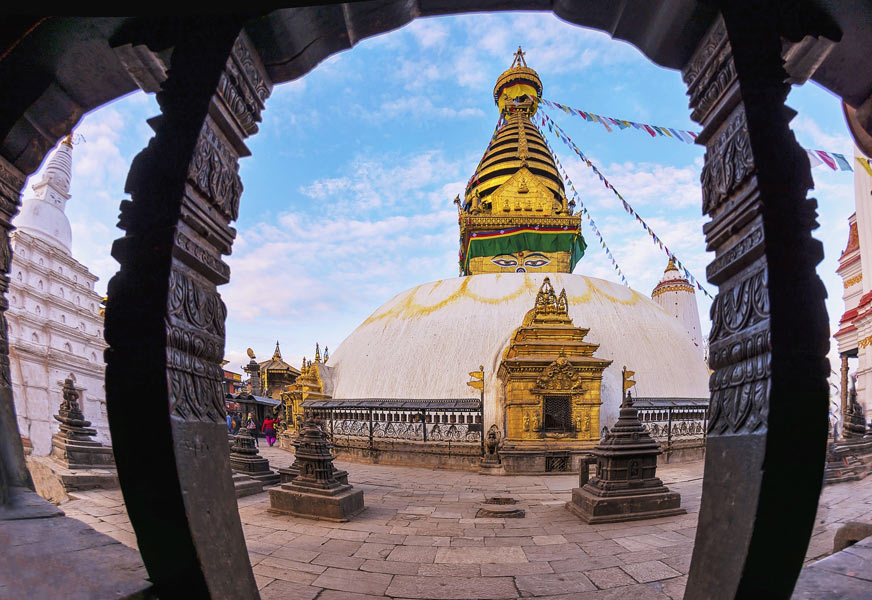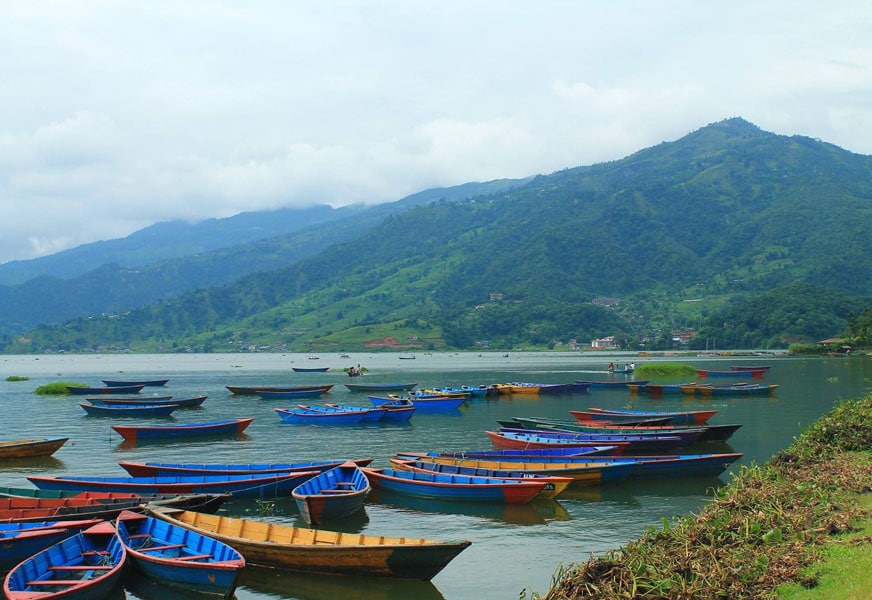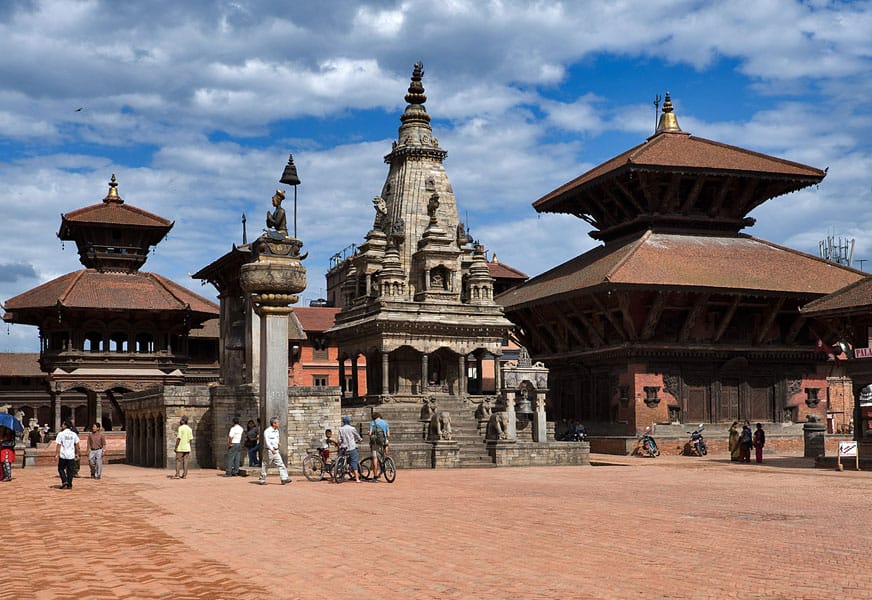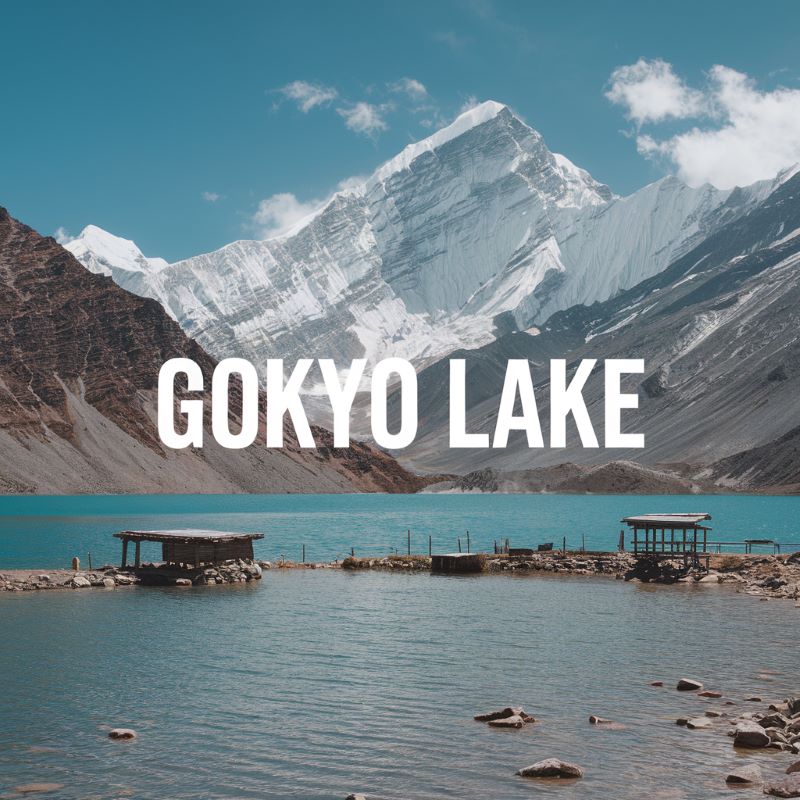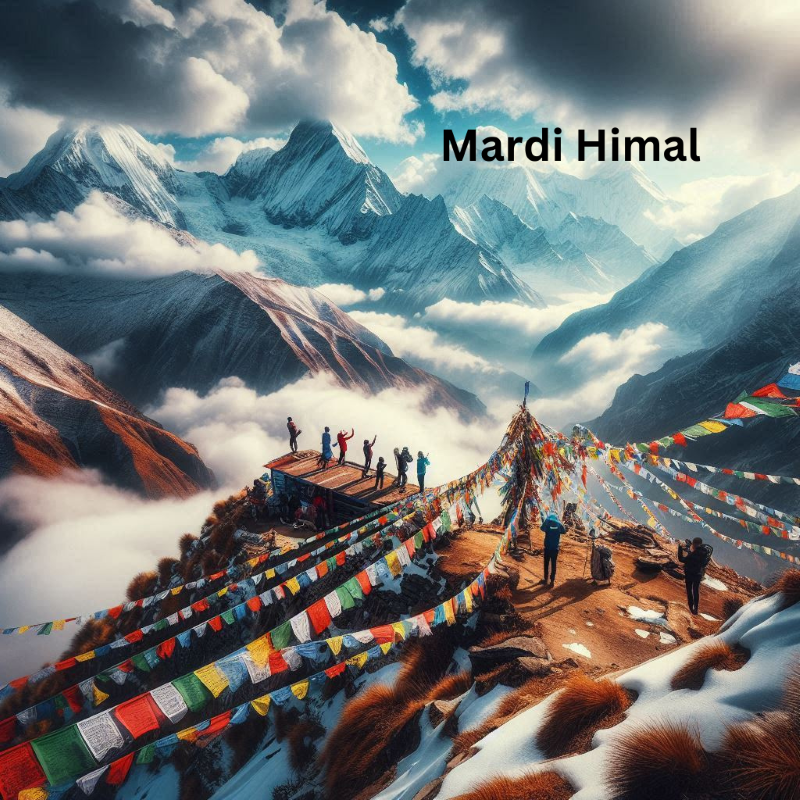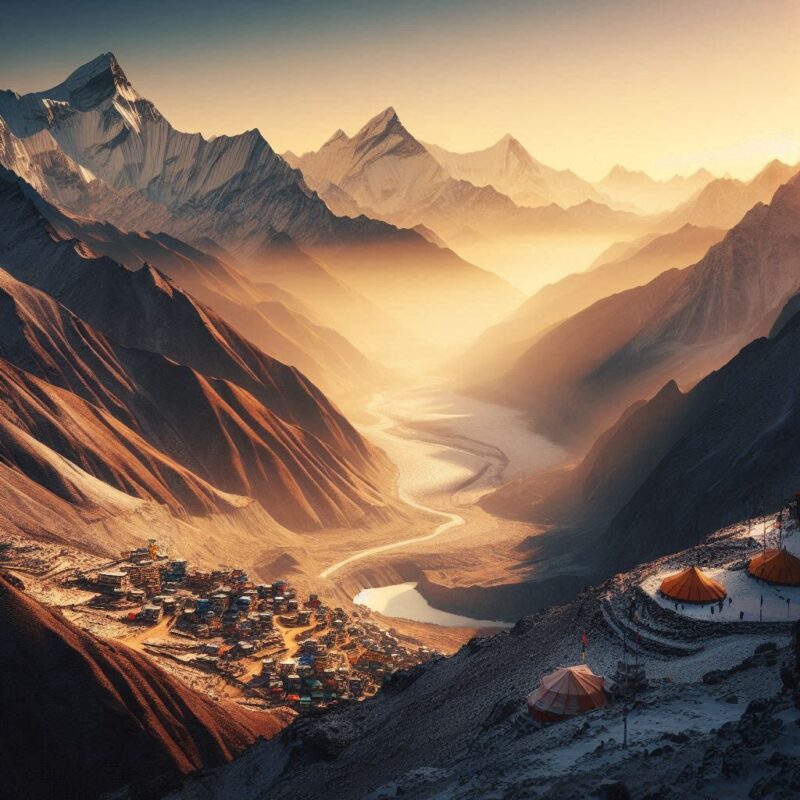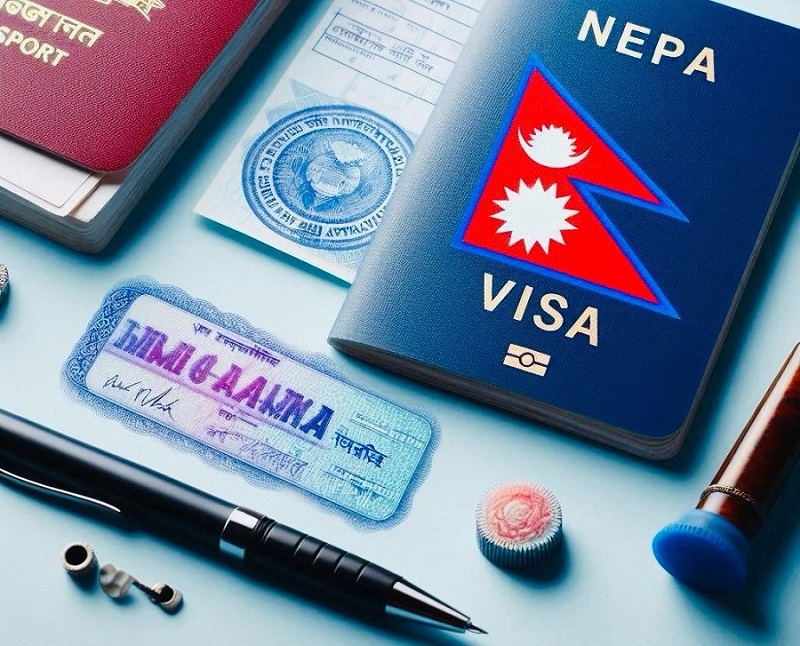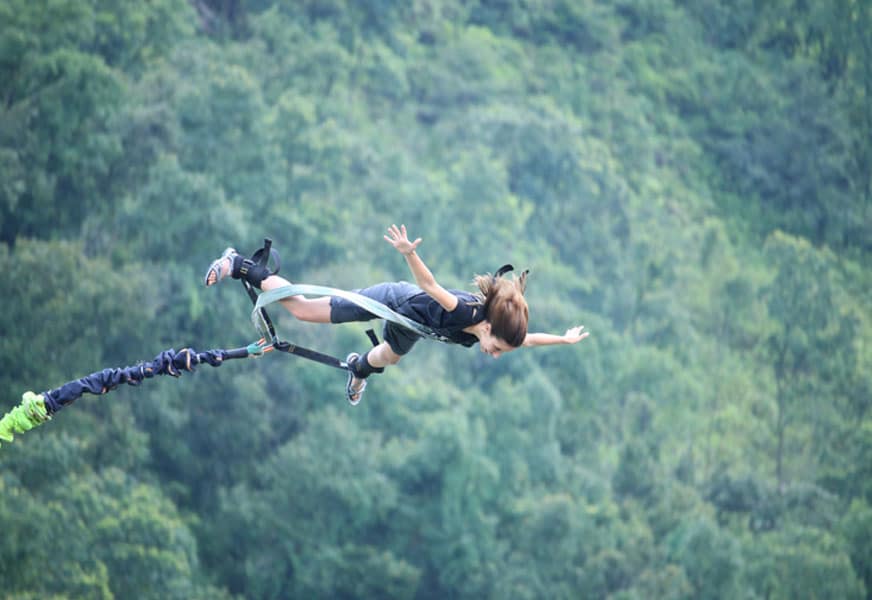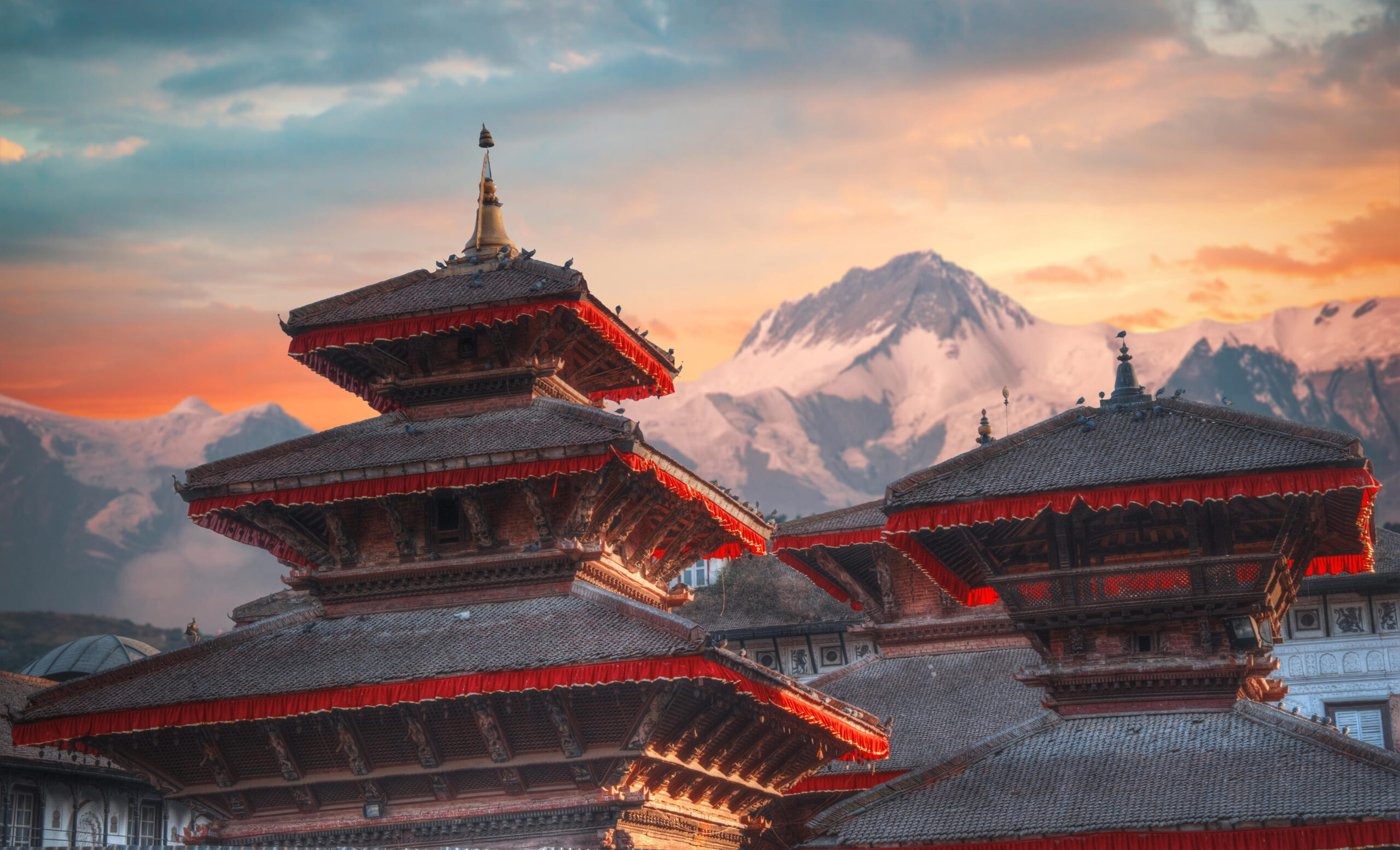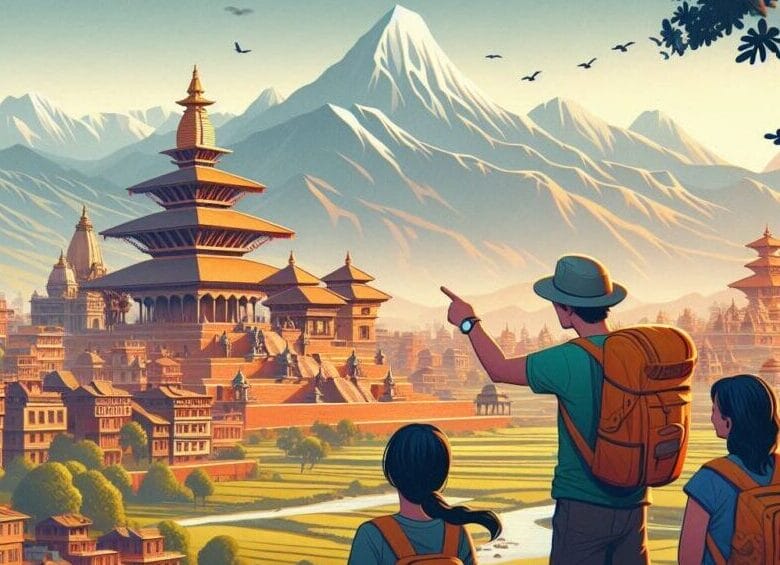Namche Bazaar: The Way to the Himalayas
Located within the Khumbu region of Nepal, Namche Bazaar is more than just an attractive village, it is also the entry point for some of the most famous trekking routes, notably the Everest Base Camp trek. This bustling center, situated at an elevation of 3,440 meters above sea level, is popular for the breathtaking views it offers, the plethora of cultures, and the busy environment it presents. In this blog, we will address some of the questions that tourists usually ask regarding to plan for their visit.
What Makes Namche Bazaar So Special?
From this angle, Namche Bazaar emerges as a key trading hub for the Sherpa people and an important acclimatization location for trekkers targeting Everest and other high-altitude ones. The colorful buildings, busy marketplace, and the snowy mountains surrounding the little village set a very pleasant scene. There are many shops in the village selling traditional machinery, trekkers’ equipment, and mouthwatering local delicacies.
In addition, Namche Bazaar is renowned for the vistas it offers of famous mountains such as Ama Dablam, Lhotse, and, of course, Mount Everest. The soothing scenery is laced with prayer flags, traditional Sherpa architectural designs, and many such elements, displaying the rural beauty of the place.
How Can I Get to Namche Bazaar?
Getting to Namche Bazaar will entail a trek to Lukla, where most flights connecting Kathmandu land. Usually, about two days are spent on the journey, allowing trekkers to acclimatize. The path from Lukla to Namche is very clear and picturesque with mountain views, green woods, and blooming rhododendrons in spring. Most trekkers will have a rest break in Phakding, a tiny hamlet next to the Dudh Koshi River, on the first day of the trek. The next day, the trek continues with a steep ascent, accompanied by breathtaking views and wildlife. Heading towards Namche, you’ll cross the famous Hillary Suspension Bridge, which adds an exciting element to the trek.
What Should I Do While in Namche Bazaar?
There are plenty of activities and sightseeing opportunities within Namche Bazaar to occupy your time. Visit the Sherpa Museum to learn about the culture, history, and mountaineering achievements of the Sherpa people. Take a mini excursion to the Everest View Hotel to see Mount Everest and other peaks. You can also visit the local market for unique handicrafts made by locals.
For a more adventurous experience, consider a day trip from Namche. One popular trek is to the Torri Monastery, an ancient Buddhist site located amidst the mountains. Along the trail, you can enjoy breathtaking views and immerse yourself in the Sherpa way of life.
When is the Best Time to Visit Namche Bazaar?
Most visitors come to Namche Bazaar in the spring (March-May) and autumn (September-October), when the weather conditions are ideal. In spring, rhododendrons bloom, while autumn’s clear skies offer the best mountain views. However, it’s essential to prepare for ever-changing weather conditions in high-altitude areas. Checking the weather forecast and ensuring you are adequately equipped is highly recommended for a safe and comfortable trekking experience.
Altitude
Namche Bazaar sits at an altitude of 3,440 meters (11,286 feet). This elevation makes acclimatization crucial for visitors.
Weather
Most visitors come to Namche Bazaar in the spring (March-May) and autumn (September-October), when the weather conditions are ideal. In spring, rhododendrons bloom, while autumn’s clear skies offer the best mountain views. However, it’s essential to prepare for ever-changing weather conditions, as temperatures can drop significantly at night.
Conclusion
- Namche Bazaar is not just a gateway to Everest but a vibrant destination full of culture, scenic beauty, and welcoming people. Whether you’re preparing for a trek to Everest Base Camp or just exploring the village, Namche promises unforgettable experiences in the heart of the Himalayas. Don’t wait any longer start planning your adventure, and let Namche’s magic enchant you.

